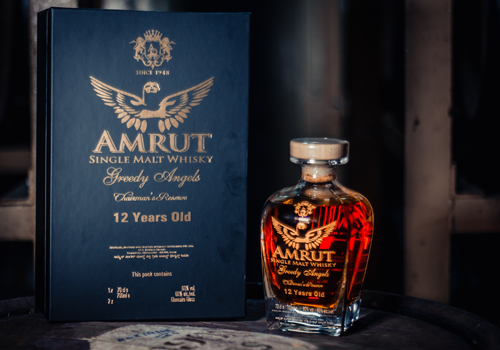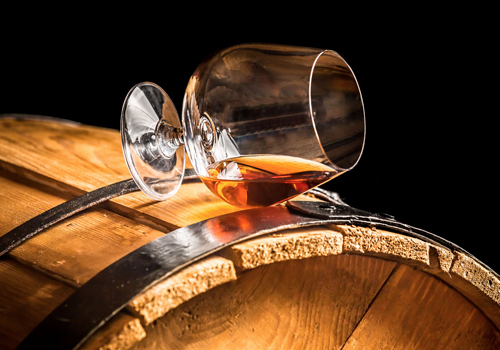Mead or honey wine is made by fermenting honey with water. Like beer, mead is sometimes flavored with fruits, spices, grains or hops. But it’s generally higher in alcohol than beer and more in line with grape wine – typically between eight and 20% ABV. Also like wine, mead is produced in a variety of sweetness levels, from bone dry to lusciously sweet and can be still or sparkling.
Within the world of mead, there are sub-group. For example, if mead is mixed with beer or brewed with hops and malt, it becomes a hybrid style closer in taste to beer known as braggot. This beverage, unlike its purely mead-made counterparts, can be produced in breweries. Mead with added fruit is known as melomel, while hydromel is a watered-down version consumed in Spain and France. Great Mead is mead that’s meant to age.
Honey wine occupies a somewhat precarious position between beer and wine. Legally, mead is produced in “wineries” and bottles are usually sold in wine shops. But, thanks to the presence of hops, which some brewers choose to add as a natural preservative, mead is often clumped into the craft beer category. But, the reality is that mead is in a category of its own much like cider or sake.
 A ubiquitous alcoholic beverage, everyone – ancient Greeks, Africans, and Chinese – all drank mead as far back as 3000 BCE. Mead holds particular importance in Norse mythology, especially in the legend of a fabled beverage with magical powers known as “Poetic Mead”. As the story goes, mythological gods created a man named Norseman Kvasir who was so wise he could answer any question. When he was eventually killed, his blood was mixed with honey, and whoever drank this honey-blood mead took on Kvasir’s power of intelligence. And it’s likely this myth that inspired Danish craft mead producer Dansk Mjod to make its Viking Blod Mead, which is flavoured and coloured red from hibiscus.
A ubiquitous alcoholic beverage, everyone – ancient Greeks, Africans, and Chinese – all drank mead as far back as 3000 BCE. Mead holds particular importance in Norse mythology, especially in the legend of a fabled beverage with magical powers known as “Poetic Mead”. As the story goes, mythological gods created a man named Norseman Kvasir who was so wise he could answer any question. When he was eventually killed, his blood was mixed with honey, and whoever drank this honey-blood mead took on Kvasir’s power of intelligence. And it’s likely this myth that inspired Danish craft mead producer Dansk Mjod to make its Viking Blod Mead, which is flavoured and coloured red from hibiscus.
 Mead is frequently consumed in Eastern Europe and Russia. Pretty much any country that produced honey has a history of mead production and appreciation.
Mead is frequently consumed in Eastern Europe and Russia. Pretty much any country that produced honey has a history of mead production and appreciation.
Outside of Europe, Mead has been and continues to be popular in Ethiopia, where it’s referred to as tej. Customarily a home-brewed beverage, tej is usually flavoured with powdered leaves of the gesho plant, an African shrub which imparts a slightly bitter flavor and preserves the drink, like hops do for beer.
While Ethiopians typically drink tej out of a bulbous glass container called a berele, nowadays in the US mead is usually served in wine glasses. Though sometimes the drink will come in an Old World drinking vessel like a mazer cup from Germany, which is also the name for the world’s largest mead competition. And, for serious history buffs, there’s always a mead horn. Mead is an ancient drink, thought by many to be the first fermented beverage. Mead is diluted honey that has been fermented. The earliest meads were likely accidental fermentations with wild yeasts, but this eventually developed into organised, intentional meadmaking.
But with the rise of beer and spirits, mead started falling out of fashion in the 1700s and never really made a worldwide comeback. The traditional wine industry has largely ignored the shift to tastes for sweeter beverages and/or more direct use of fruit, spice and other flavours. The craft beer industry on the other hand has embraced these changes. Meads with more alcohol, more body/viscosity and more sugar/acidity definitely have a lot more going on, and a glass of complex wine like a late harvest Riesling or Vidal Ice Wine.
There are almost as many kinds of mead as there are meadmakers. There are several general categories that meadmakers use to classify their products. Traditional meads are made from water, honey and yeast. They range from dry to semisweet. The driest are lacking in the characteristic honey sweetness, but they capture the true “essence” of the honey. The sweeter versions retain some of the sweetness of the honey without being syrupy or cloying. Bochets are made from caramelised honey which adds a layer of complexity, especially to sweet meads.
Sack meads are very sweet traditional meads, often aged for extended periods. They can have the character and complexity of a port or sherry, or the sweetness and fruitiness of a late harvest grape varietal. Melomels are meads made with fruit. Depending on the process and fruits used, these can be very fruity, aromatic and sweet, or dry with just a hint of fruit essence (or anywhere in between).
Metheglins are meads made with herbs and spices. Our word “medicine” likely descended from this term. The varieties in this category are almost limitless. Frequent spices used are clove, cinnamon, ginger, and other “wintery” spices. Juniper is another common additive, as are many herbs in the mint and sage group such as mint, lavender, rosemary, sage, etc. Pyment is a fermented blend of honey and grape juice – probably an ancestor of our grape wines. Pyment can be as diverse as the grapes and honeys used to produce it.
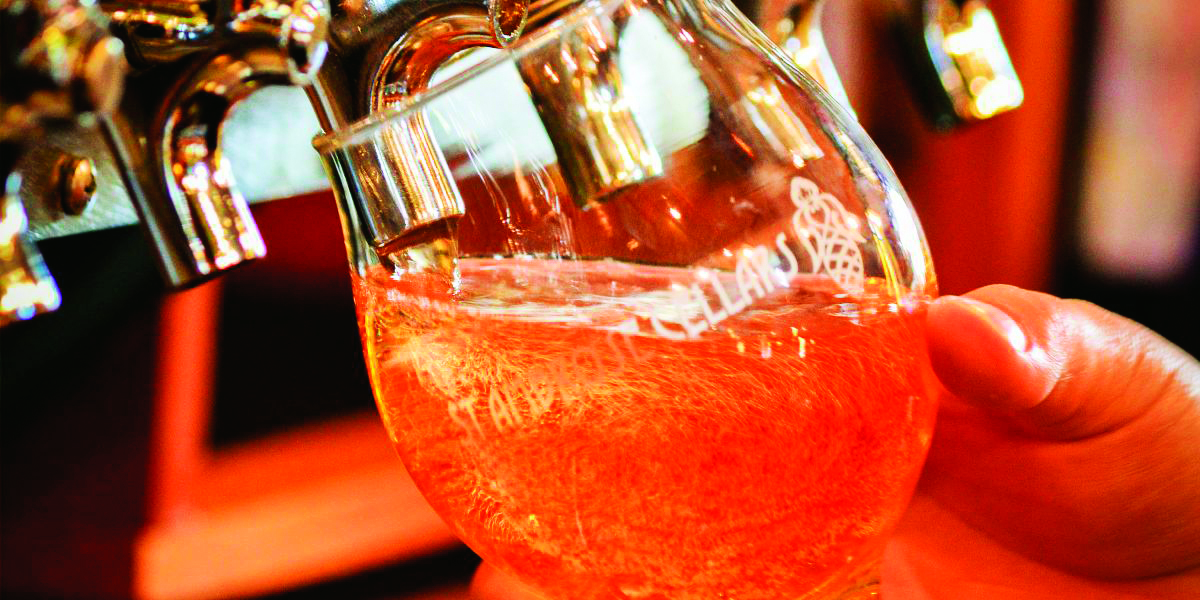 Hippocras is a spiced pyment, usually sweet.It is believed to have been popular among early Mediterranean peoples.
Hippocras is a spiced pyment, usually sweet.It is believed to have been popular among early Mediterranean peoples.
Cyser is mead made with apples, and can be as varied as the myriad apple varieties and the numerous British, French, and American interpretations of cider. The addition of honey allows more variation in sweetness, alcohol content, and shelf life.
Hydromel is a newer category used to classify any mead that is less than 10% alcohol (unless you speak French – then it’s just mead). Our Bee Brews are hydromels. These meads can be as varied as the other categories listed above, if not as common.
Braggot is mead made from malted grains and honey, often with hops as well. It can be thought of as a beer/mead hybrid, and probably predates all-grain beers in origin. Modern interpretations vary from sweet “barleywine-style” braggots, to light, hoppy brews.
Mead is experiencing a renaissance, both among commercial producers and homebrewers.That growing interest has Jeff Herbert, owner of Superstition Meadery, the first of its kind in Arizona, calling mead “the smallest, but fastest growing sector of the U.S. alcohol business.” He sees it firsthand. Superstition made 300 gallons/year when it opened in 2012, and it’s on track to produce 20,000 gallons in 2017. “That number will more than double in 2018, and in 2019, we plan to produce 100,000 gallons of mead and hard cider,” he says.
“Mead is growing because it is amazing,” he says. “Mead is delicious, and the range of style traverses from dry to sweet, still to sparkling, from quaffable to the most complex beverage that will ever pass your lips.” In India Rohan Rehani, co-founder of Moonshine Meadery, tasted mead, he hated it. It was December 2014 and Rehani and his friend Nitin Vishwas were visiting someone in the US. During the trip, Rehani was curious to taste this alcoholic beverage made with fermented honey that had become the new cool drink in America. But he went beyond just trying it out – one day, Rehani and his friends attempted to brew their own batch of mead.
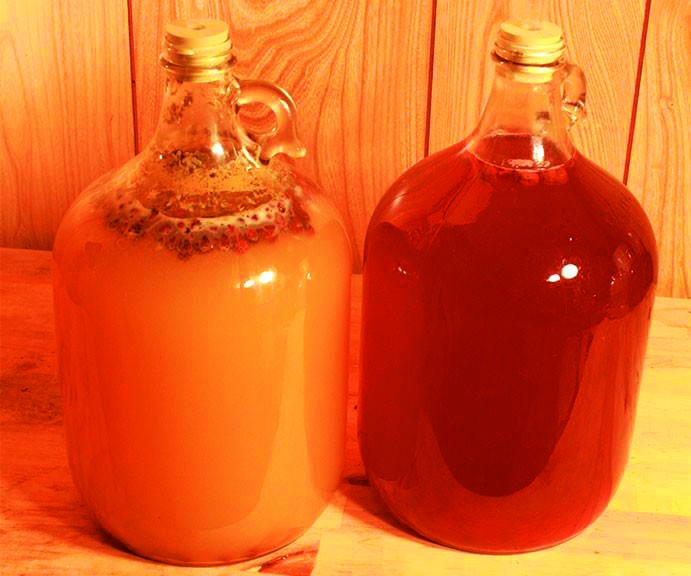 Moonshine’s mead is made from multi-flower honey locally sourced from Maharashtra. “The taste of the mead changes completely depending on what honey we are using,” said Rehani. “Just like all grapes aren’t the same, all honey is not the same. The flavour differs depending on the nectar source [flowers]. There is lychee honey, ajwain honey, eucalyptus honey, jamun honey and each one has a slightly different taste which has a huge impact on the final taste.”
Moonshine’s mead is made from multi-flower honey locally sourced from Maharashtra. “The taste of the mead changes completely depending on what honey we are using,” said Rehani. “Just like all grapes aren’t the same, all honey is not the same. The flavour differs depending on the nectar source [flowers]. There is lychee honey, ajwain honey, eucalyptus honey, jamun honey and each one has a slightly different taste which has a huge impact on the final taste.” 
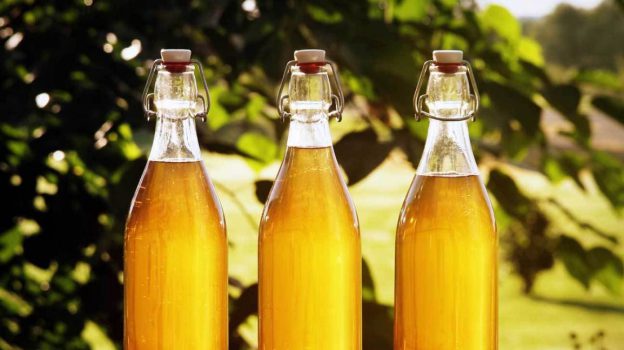
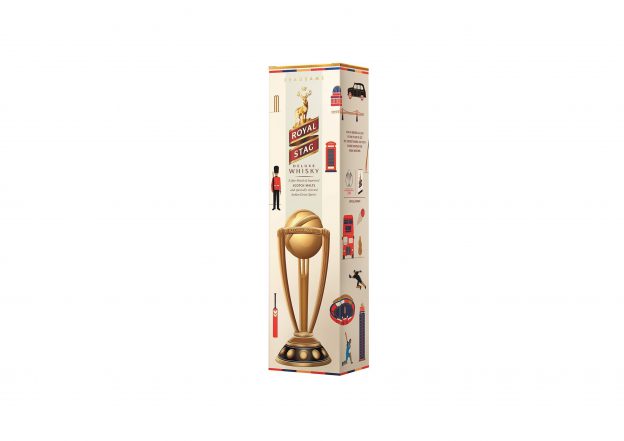
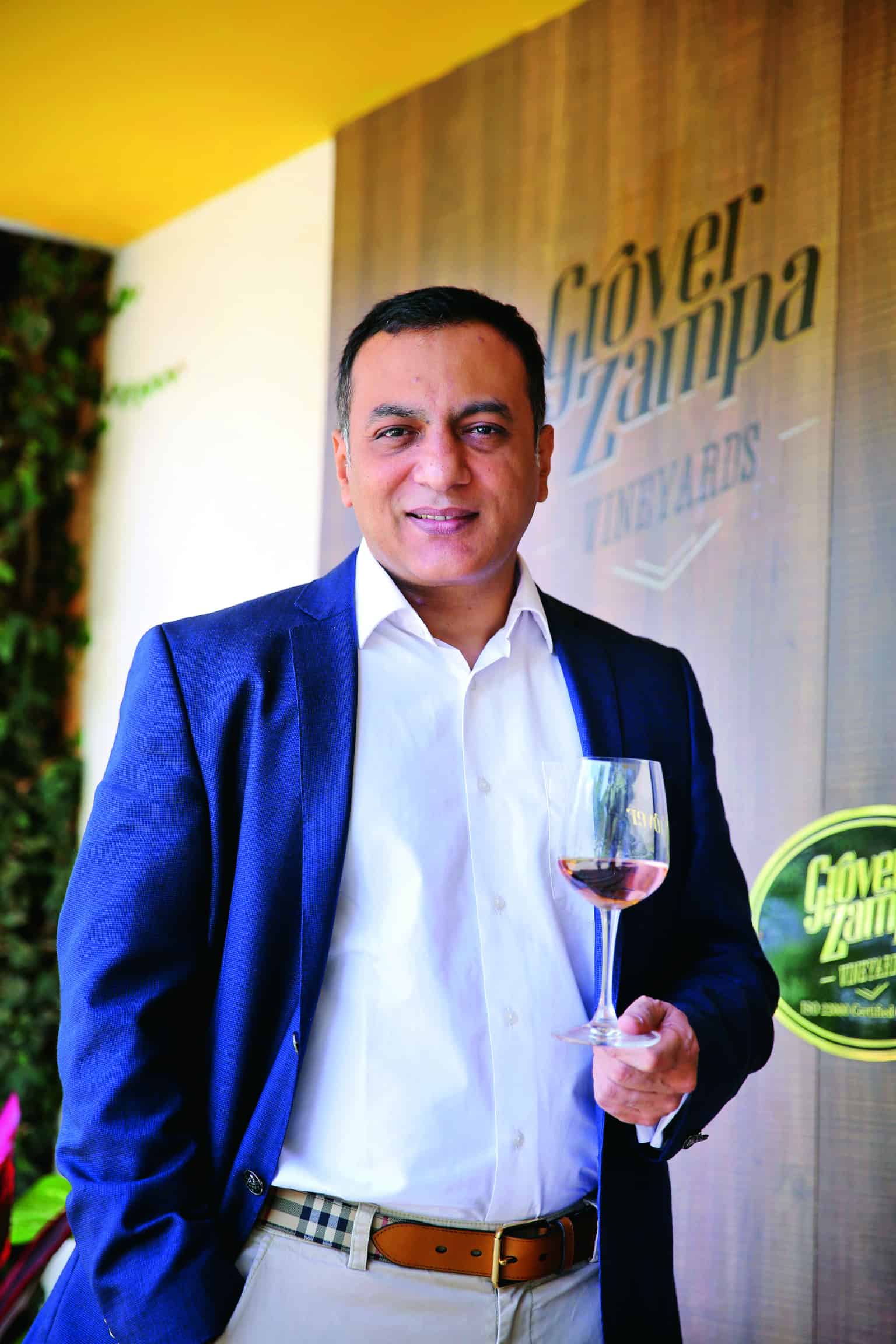 With the addition of Four Seasons, Charosa and Myra, we aim to expand into a multi-brand lifestyle label with wine being at the core of our business. We are looking to widen the portfolio and offer more varietals that resonate with the millennials and new age wine drinkers. This will also lead to an increased focus on wine tourism with better amenities being offered to patrons at the vineyards, thereby consolidating the position as a market leader in the country.
With the addition of Four Seasons, Charosa and Myra, we aim to expand into a multi-brand lifestyle label with wine being at the core of our business. We are looking to widen the portfolio and offer more varietals that resonate with the millennials and new age wine drinkers. This will also lead to an increased focus on wine tourism with better amenities being offered to patrons at the vineyards, thereby consolidating the position as a market leader in the country.
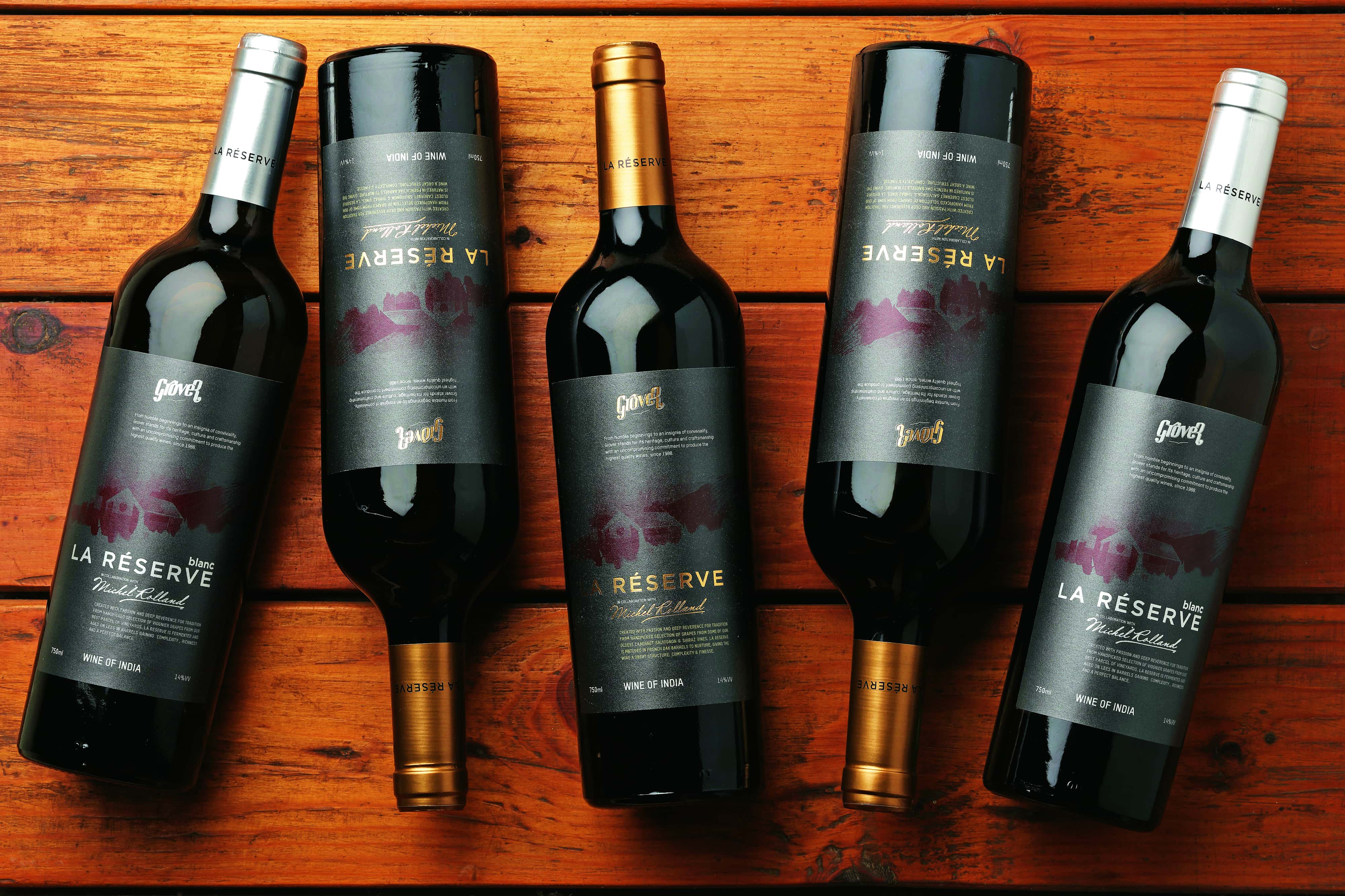 amohan, CEO, Grover Zampa Vineyards opined, “We take pride in the toil and passion that form key ingredients of the wines being produced here at Grover Zampa Vineyards. The acknowledgment and awards won at the Indian Wine Awards, 2018, redefine the brand’s unwavering fortitude and zeal to please patrons with the best in wine always. These wins not only re-instil our faith in our capabilities and commitment, but also motivate us further to set newer benchmarks.”
amohan, CEO, Grover Zampa Vineyards opined, “We take pride in the toil and passion that form key ingredients of the wines being produced here at Grover Zampa Vineyards. The acknowledgment and awards won at the Indian Wine Awards, 2018, redefine the brand’s unwavering fortitude and zeal to please patrons with the best in wine always. These wins not only re-instil our faith in our capabilities and commitment, but also motivate us further to set newer benchmarks.”
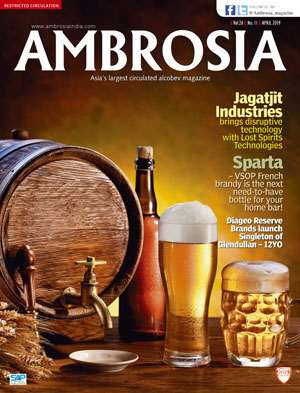
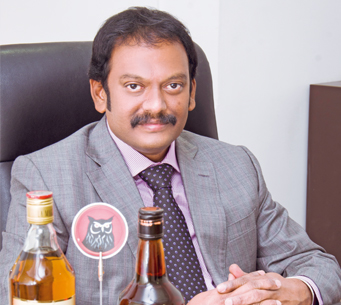
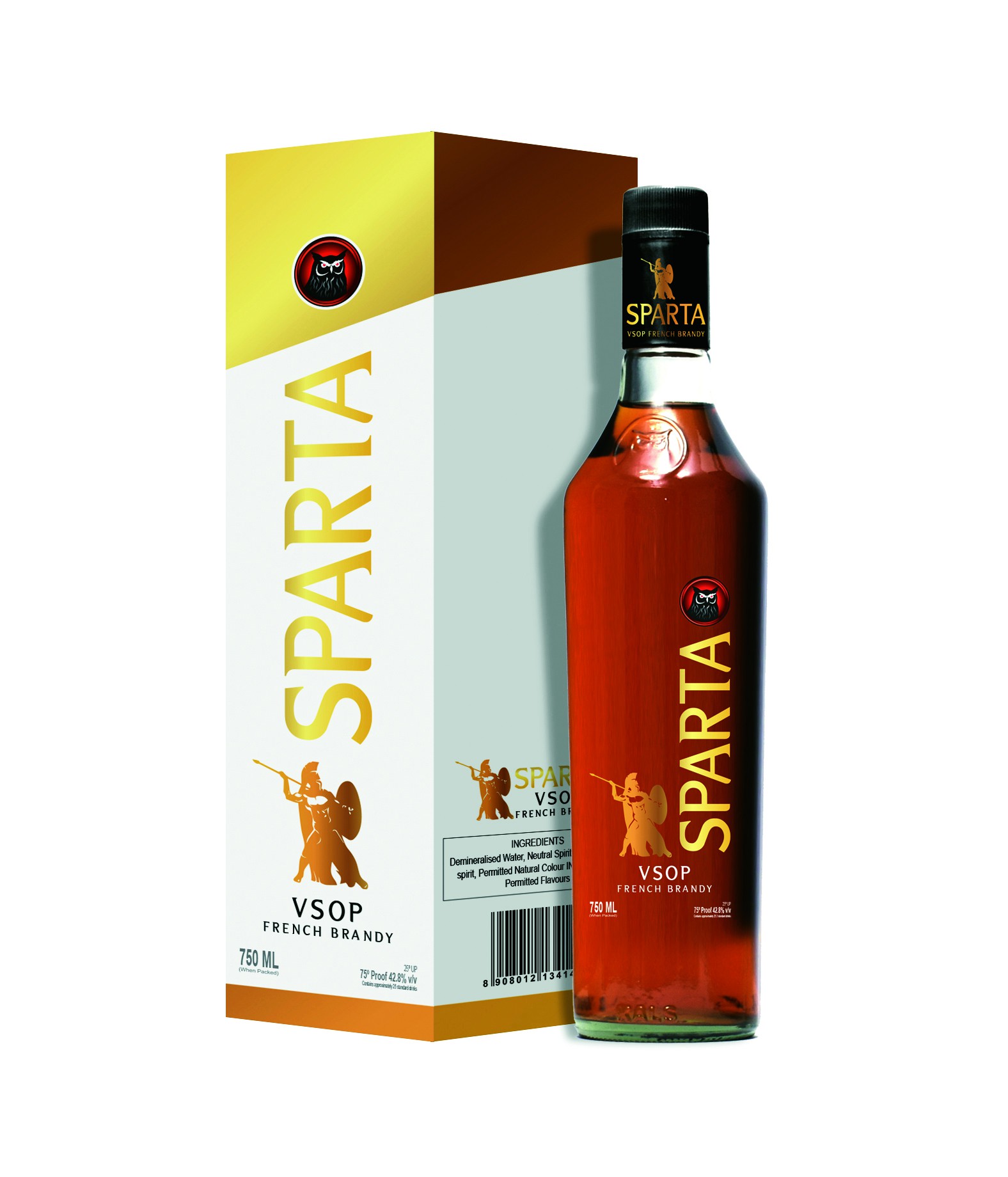
 y brands, all our leading brands continue to post double digit growth and consolidate their market positions.
y brands, all our leading brands continue to post double digit growth and consolidate their market positions.
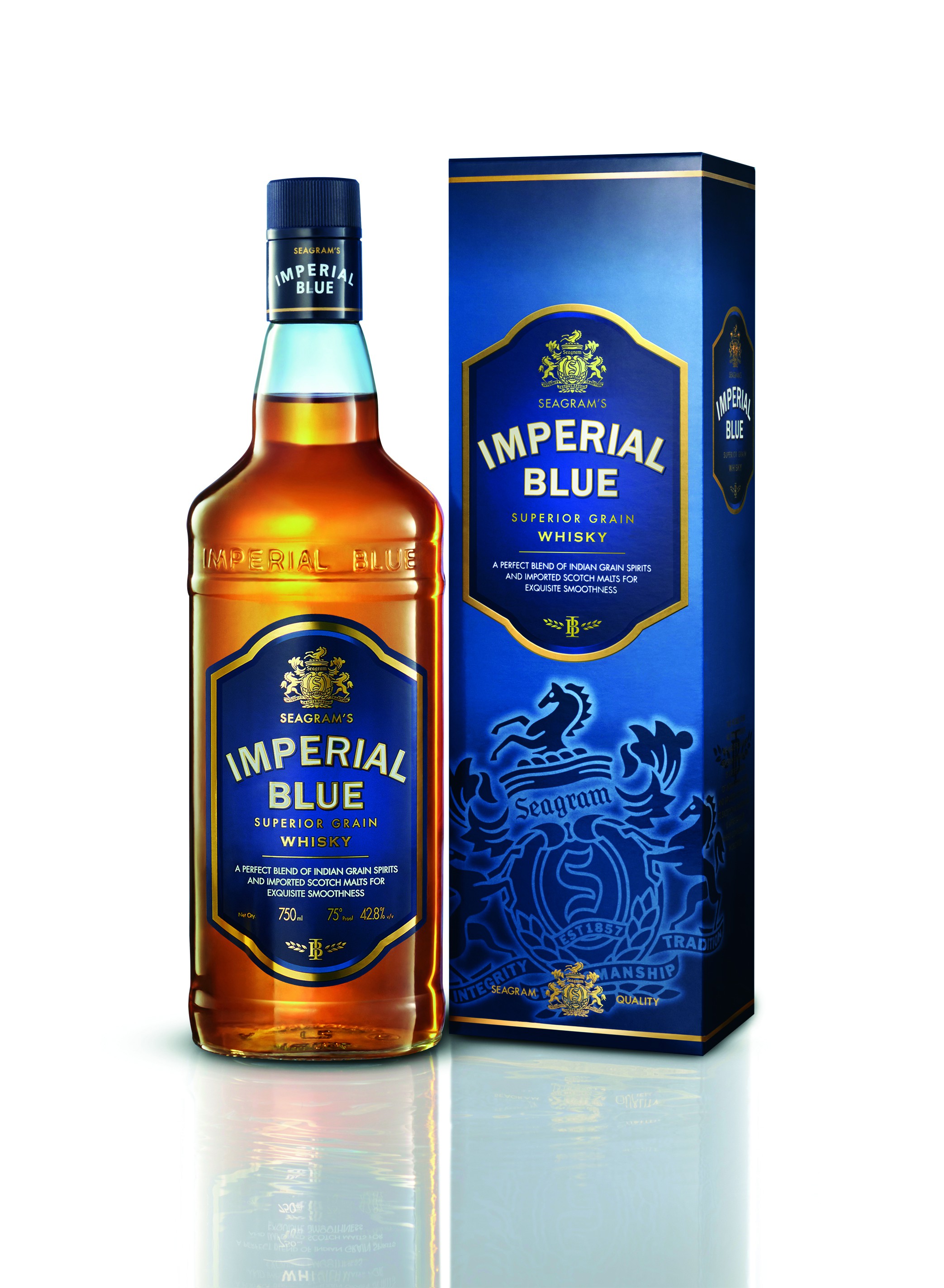 Our expertise in the group with our strong knowledge on grapes within our portfolio specially cognac Martell, our wineries in Australia Jacob s Creek and Spain Campo Viejo and also our Indian wine Indiosa coupled with the blended brandy opportunity in India, is definitely a category which has potential, but it’s still to be evaluated. But we would be more focussed on the consumer value.
Our expertise in the group with our strong knowledge on grapes within our portfolio specially cognac Martell, our wineries in Australia Jacob s Creek and Spain Campo Viejo and also our Indian wine Indiosa coupled with the blended brandy opportunity in India, is definitely a category which has potential, but it’s still to be evaluated. But we would be more focussed on the consumer value.

